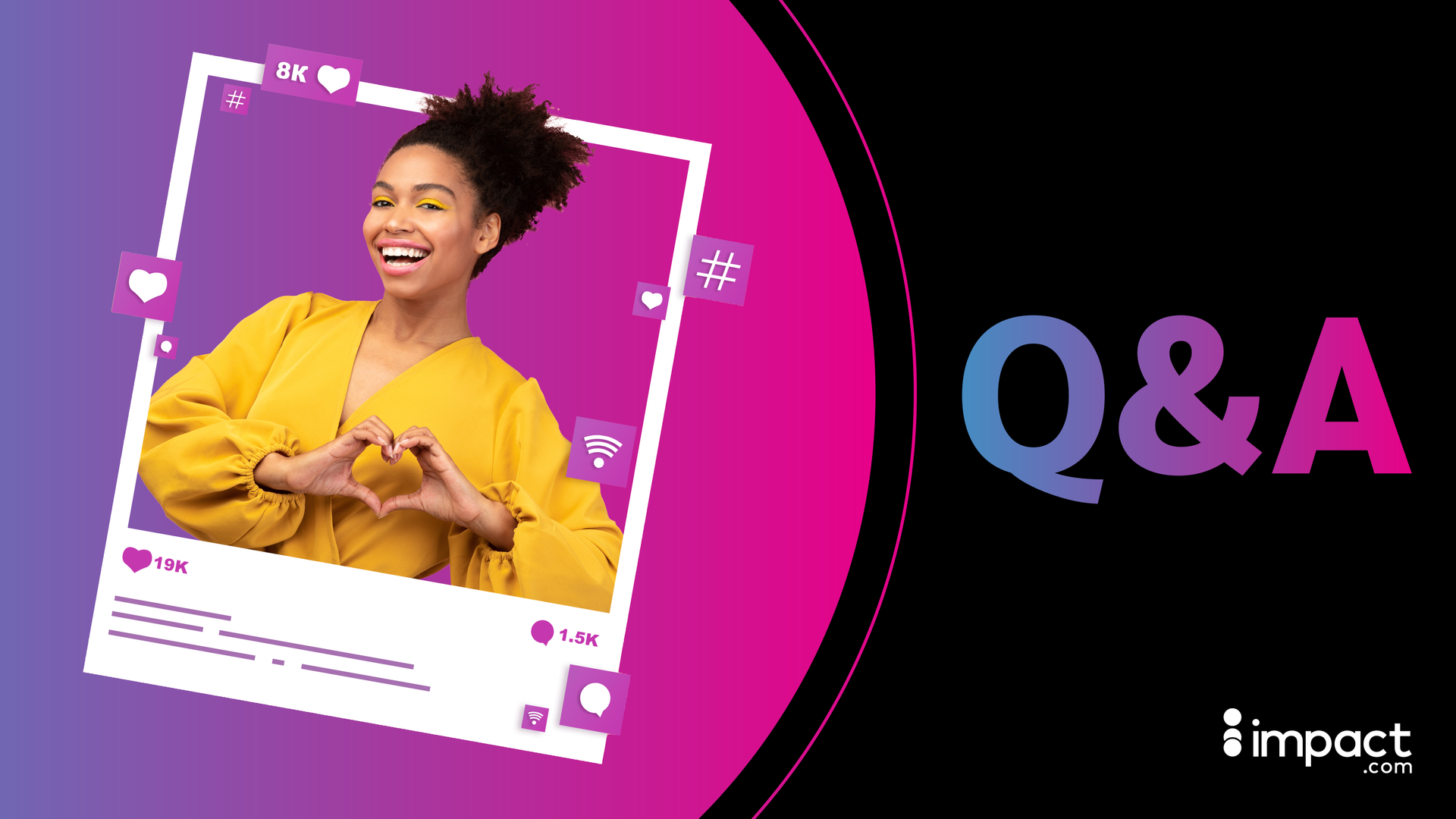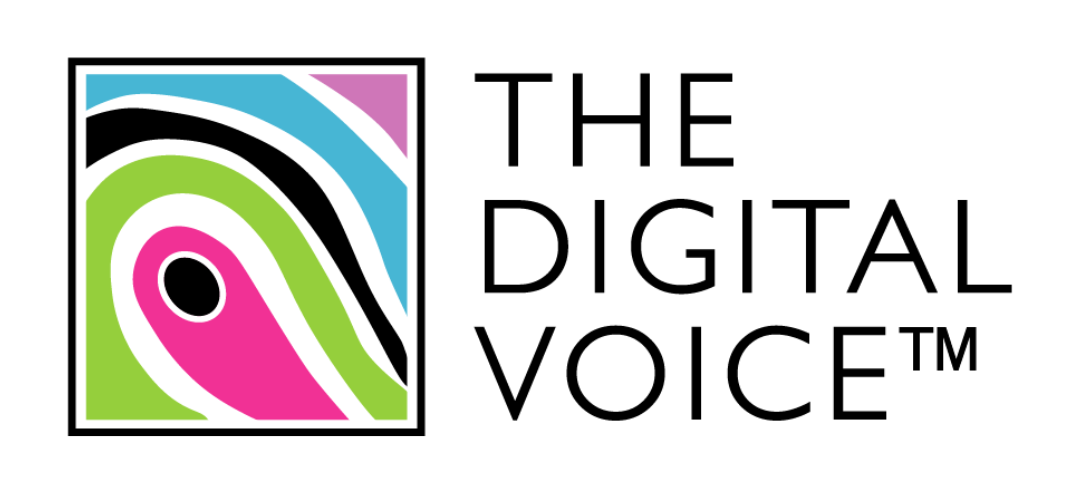Aligning brands and creators to drive influencer marketing in 2024

Influencer marketing has soared in recent years, but how can brands and influencers make sure they’re getting the most out of their partnerships? Cristy Garcia, CMO at impact.com, shares the findings of the partnership platform’s latest research on the brand-influencer relationship.
Welcome, Cristy. The creator economy has grown in recent years. Why is this, and how do you see it playing out in 2024?
CG: Today’s consumers no longer trust traditional advertising, and have stopped listening to the insurmountable barrage of advertising they are exposed to in their daily lives. Instead, they're reading reviews and searching social media where they can see the product and hear what people they trust and respect have to say about it. Put simply, influencers are the trusted voices they’ve come to rely on for recommendations when looking to buy products and services. According to a recent influencer marketing report, nearly half of all consumers (49%) make daily, weekly, or monthly purchases due to influencer posts. What’s more, 30% trust influencers more today than they did six months ago.
As a result, both brands and creators are looking to make the most of the creator economy this year. In fact, recent impact.com research reveals that 76% of brands plan to increase their influencer marketing programs in 2024, while 86% of creators want to work with more brands. Overall, the creator economy is expected to double to $480 billion within the next five years and could reach half a trillion by 2027.
Q: What are brands and creators looking to get out of their influencer partnerships?
CG: First and foremost, brands need to treat influencers as equals, as true partners, rather than simply a conduit to their target audiences. Brands need to recognize their value and respect their decisions and creative output. Not only will this foster a better relationship, but it will ultimately lead to better performance. After all, our research shows 63 percent of consumers repeatedly purchase based on an influencer's recommendation or review.
Second, regarding product reviews, brands must allow creators to create genuine, off-the-cuff content rather than rigidly following a script. According to our research, 56% of consumers perceive it as most authentic when creators share their first-hand experience with a product and demonstrate how they use it. For instance, instead of rushing to review a shampoo they’ve never actually tried, creators should take a month or two to thoroughly test it and show the results while building anticipation with followers. This way, the review will feel far more authentic and can help build sustained brand awareness and loyalty over time.
Thirdly, creators need to have a deep understanding of a brand’s goals, key metrics, and parameters for success from the outset to ensure both parties can achieve a successful, long-term partnership. This alignment means creators become invested in achieving the same outcomes, so brands need to be committed to sharing a full campaign brief setting out their expectations.
Finally, compensation plays a key role in aligning creators and brands. In fact, 43% of creators are ready to sever ties with a brand if payment falls below their expectations. Therefore, brands must devise strong compensation strategies that both underpin campaign objectives and motivate creators to deliver better outcomes. Interestingly, 33% of creators are more open to a performance-based commission or bonus when working with brands with whom they have an established relationship, versus 18% of creators embarking on new partnerships.
Q: Where is there misalignment?
CG: Misalignment seems to be most notable when choosing a partnership - when brands tend to prioritize the quality of content, while creators prioritize transparency - and when ending a partnership. A lack of communication can leave creators feeling overwhelmed, missing deadlines, and sometimes even ghosting. As a result, the brand may end the partnership due to these missed deadlines and an overall perception of poor communication. This can be easily avoided by establishing campaign expectations between brands and creators clearly and fully at the outset of the relationship.
Q: So what does success look like today?
CG: The great thing about influencer marketing is that any type of brand across any sector, from startups to household names, can benefit by leveraging the creator economy. For example, global bowling entertainment center Bowlero was looking to partner with influencers to drive bookings, and found great results with their influencer program. They created content around date-night activities, food recs, and local travel tips, and achieved over 4.4 million total impressions and a 6.7% average engagement rate for the brand, with social amplification accounting for 25% of clicks and 40% of impressions. Moreover, social media platforms such as TikTok and Instagram allow anyone to be a creator - even the customer.
Influencer marketing thrives when brands, creators, and consumers are aligned. Understanding each party’s perspective, priorities, and preferences is crucial for building successful partnerships and driving campaign success. By fostering transparency, trust, and collaboration, brands can harness the power of influencer marketing to connect with consumers authentically and drive business growth. And these opportunities will only keep growing over the next few years.
Also published in: Martech Record



